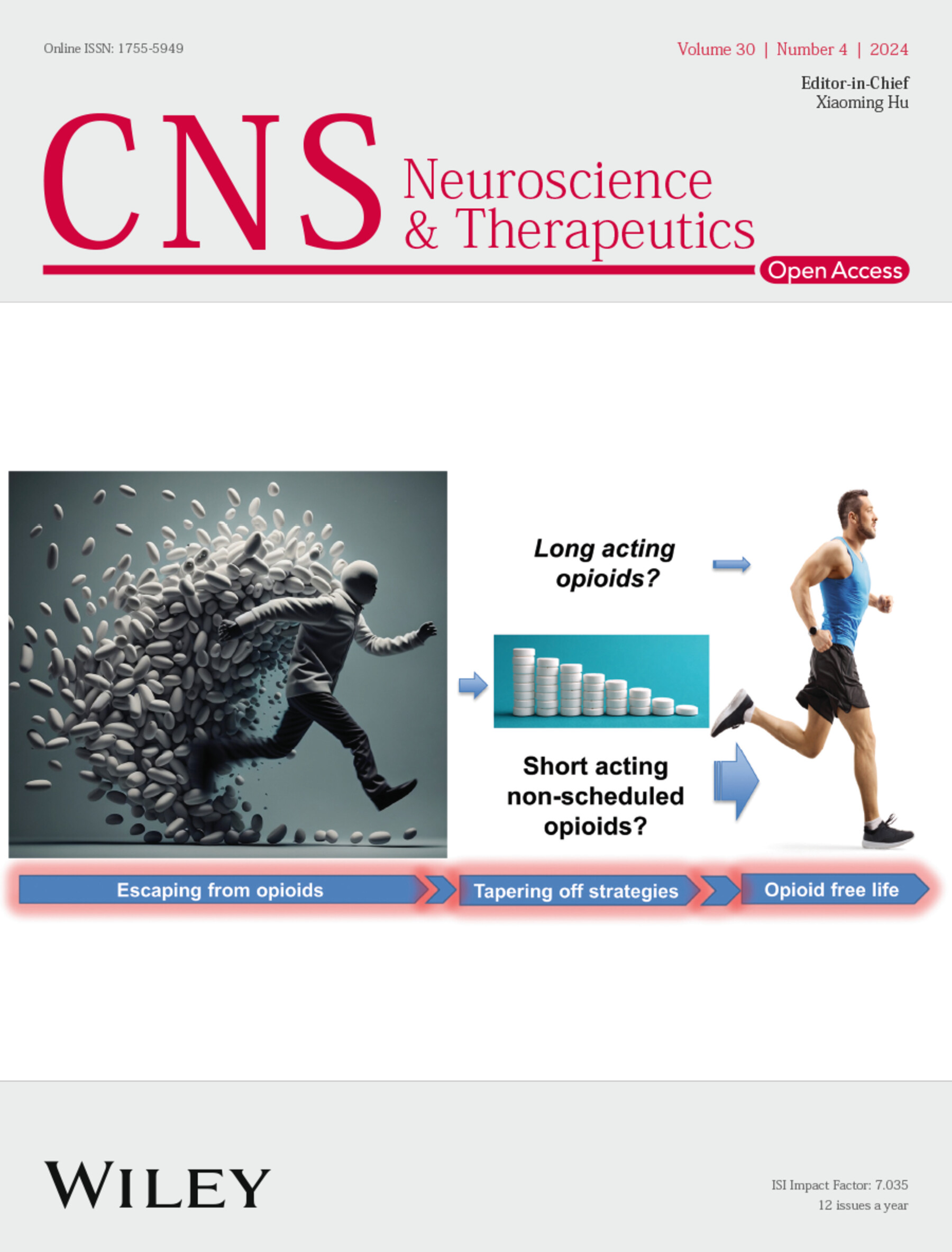Melatonin Regulates Glymphatic Function to Affect Cognitive Deficits, Behavioral Issues, and Blood–Brain Barrier Damage in Mice After Intracerebral Hemorrhage: Potential Links to Circadian Rhythms
Abstract
Background
Intracerebral hemorrhage (ICH) is a life-threatening cerebrovascular disorder with no specific pharmacological treatment. ICH causes significant behavioral deficits and cognitive impairments. Recent research suggests that circadian rhythm regulation could be a promising therapeutic strategy for ICH. Melatonin has been shown to alleviate glymphatic system (GS) dysfunction by regulating circadian rhythms, thereby improving depressive-like behaviors and postoperative sleep disorders in mice. However, its application in ICH treatment and specific mechanisms are not well understood.
Methods
ICH models were created in 8-to-10-week-old mice using collagenase injection. Circadian rhythm modulation was tested with melatonin and luzindole. Behavioral and cognitive impairments were assessed with the modified neurological severity score, corner test, and novel object recognition test. Brain water content was measured by the dry/wet weight method, and cerebral perfusion was assessed by cerebral blood flow measurements. GS function was evaluated using RITC-dextran and Evans blue assays. Immunofluorescence and western blotting were used to analyze GS function and BBB permeability.
Results
Melatonin restored GS transport after ICH, promoting hematoma and edema absorption, reducing BBB damage, and improving cognitive and behavioral outcomes. However, luzindole partially blocked these benefits and reversed the neuroprotective effects.
Conclusion
Melatonin and luzindole treatment affect GS function, BBB permeability, and cognitive-behavioral outcomes in mice with ICH. The underlying mechanism may involve the regulation of circadian rhythms.


 求助内容:
求助内容: 应助结果提醒方式:
应助结果提醒方式:


